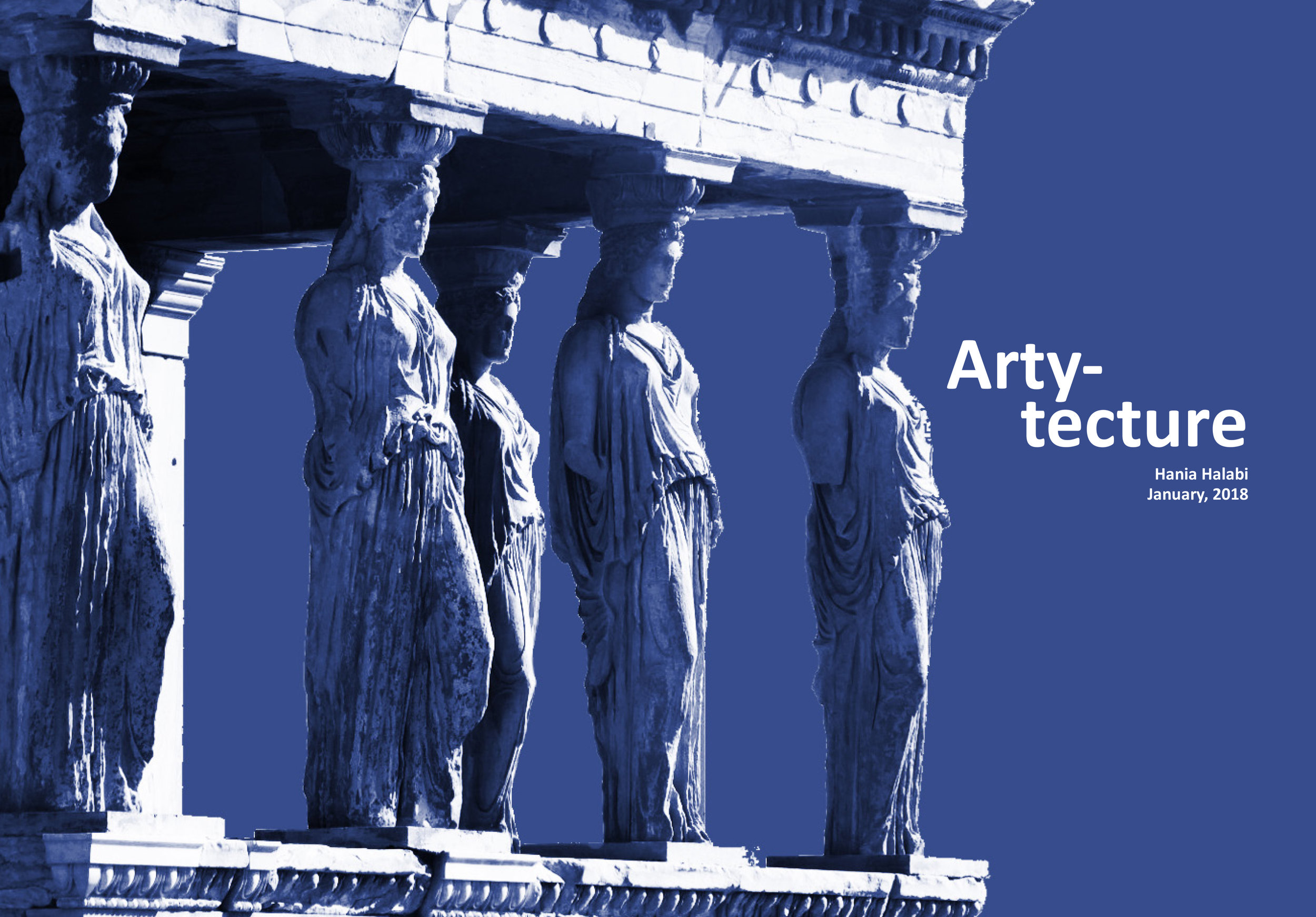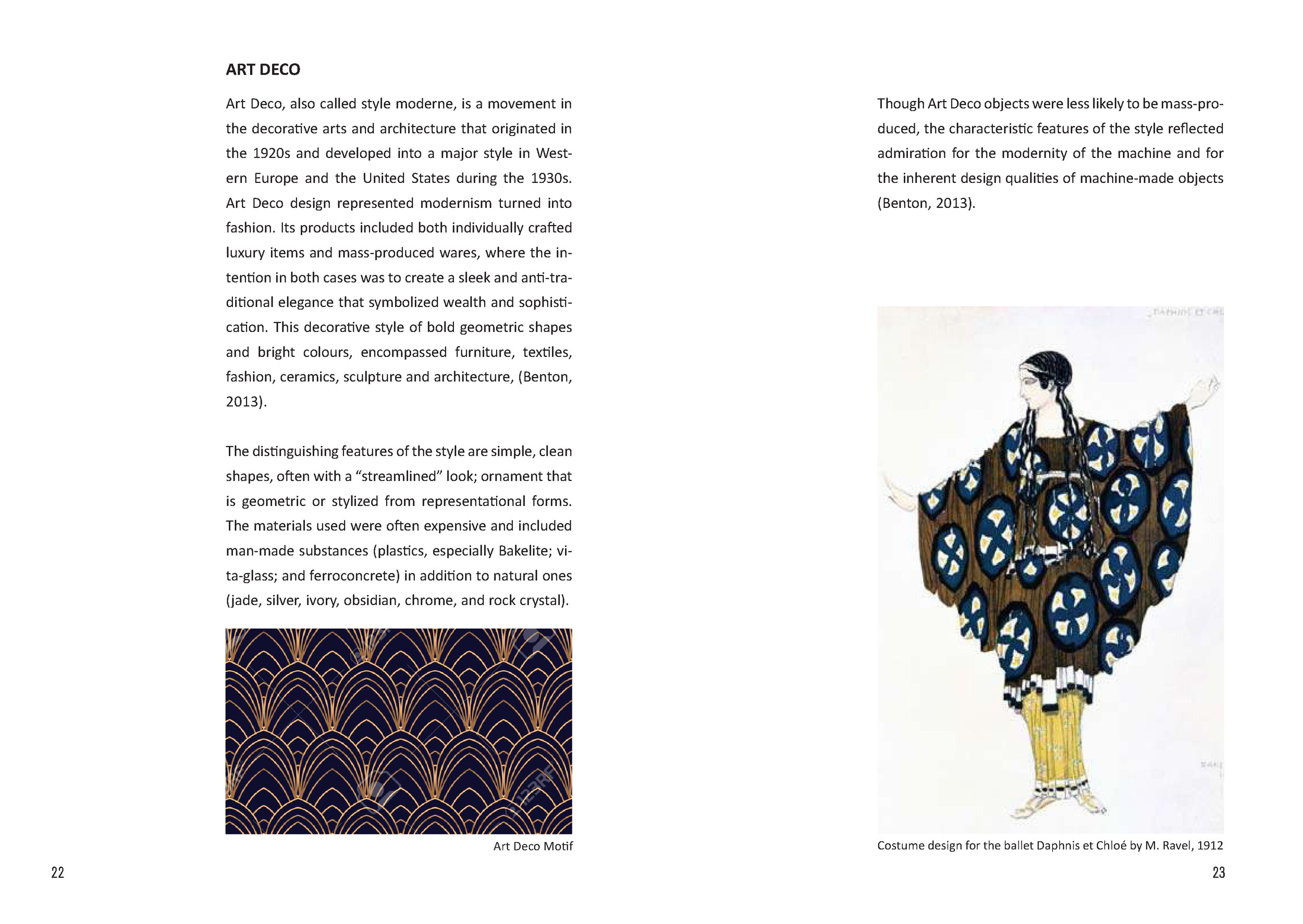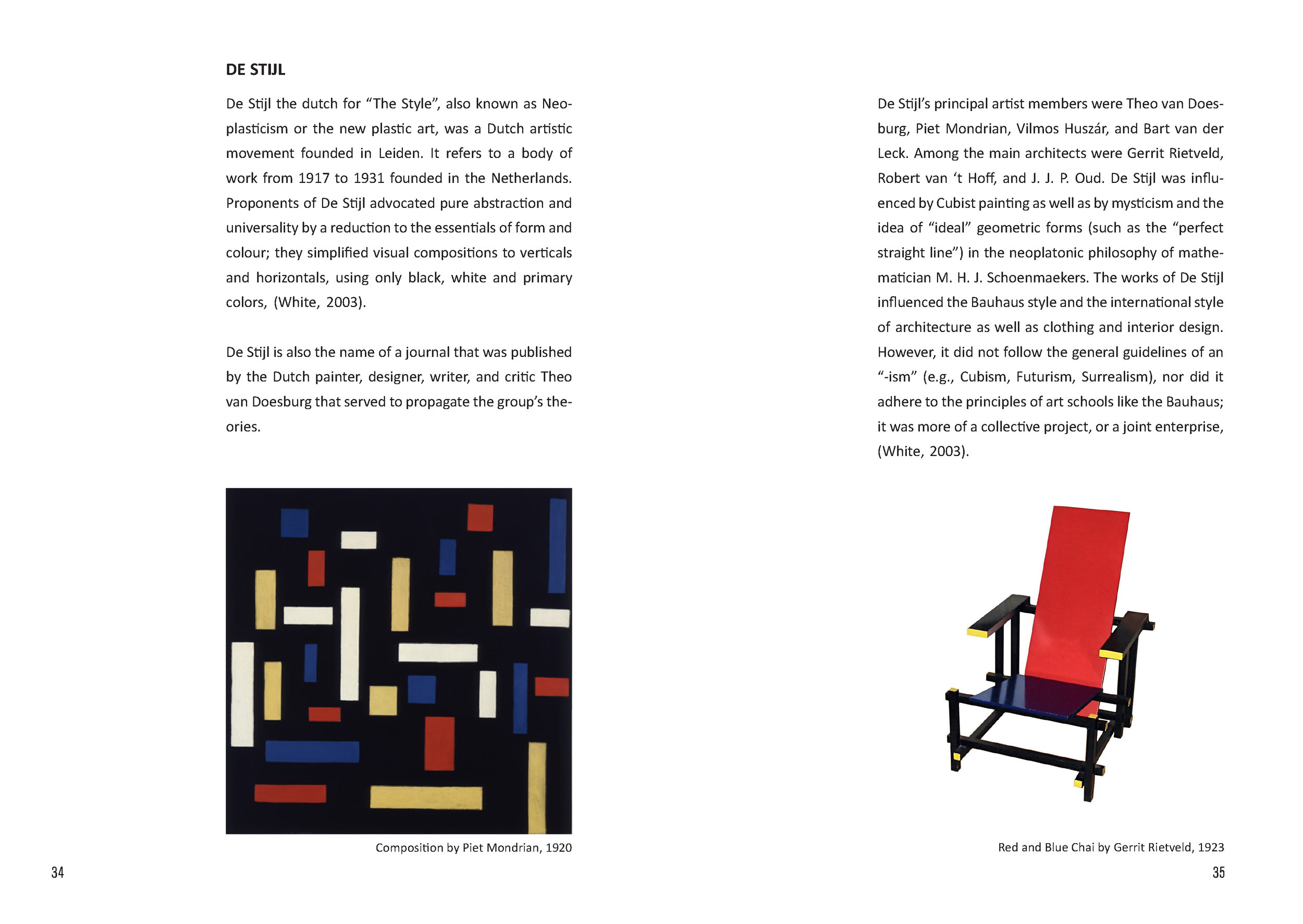



Arty-tecture
Art and Architecture have been highly intertwined at various points in history. However, with the rise of the merchant class to power in the 19th century, the plastic arts began to lose their interdependency and to separate. There are many reasons to this separation including the general fragmentation of society into competing social units, and the fragmentation of knowledge into various specializations among which Architecture, Sculpture and Painting, in the Arts, were prime examples. Another important reason, which is still valid nowadays, is the economic drive of real estate that often trades buildings for pure profit compromising the outcome.
Today, we rarely find these arts united in any but the most tentative ways. Nevertheless, perhaps it is their separation that has enabled them to influence each other in ways they couldn’t have done before. It was not until the beginning of the 20th century that we find examples of paintings and sculptures having a direct influence on architectural design. It is as though that the independence which Art and Architecture have gained, has allowed for an intellectual and artistic parity for architects and artists to start learning from each other’s work.
In this essay, I look into the influence of the fine arts on architecture through two lenses, which structure the essay in two parts.
The first lens focuses on Art and Architecture as products, which reflect the societies that created them in response to a need. It highlights the principles of aesthetics, beauty, proportion, symmetry and balance by deriving examples from different eras starting with the Greeks and Romans and moving to the Beaux-Arts architecture, Art Deco and Art Nouveau. I then move to Cubism and De Stijl movements to showcase art works of an abstract nature and their influence on Architecture.
The second lens focuses on Art and Architecture as a process of making. It shows how natural materials, and different tools, which were traditionally used to produce an outcome, are now replaced, in our digital age, by data and the tools by recursive sets of rules that do the shaping. In this context I show examples of my research with Cecil Balmond OBE on the theory of form, and highlight their relevance to architectural production.
In summary, while my first lens looks back into history to shape the first section of this essay entitled “A History of Arty-tectural Evolution”, the second lens projects into the future, to form the second section entitled “A Future of Digital Making”. Arty-tecture, as a term, is used all throughout to refer to Art and Architecture as simultaneously progressing disciplines.
